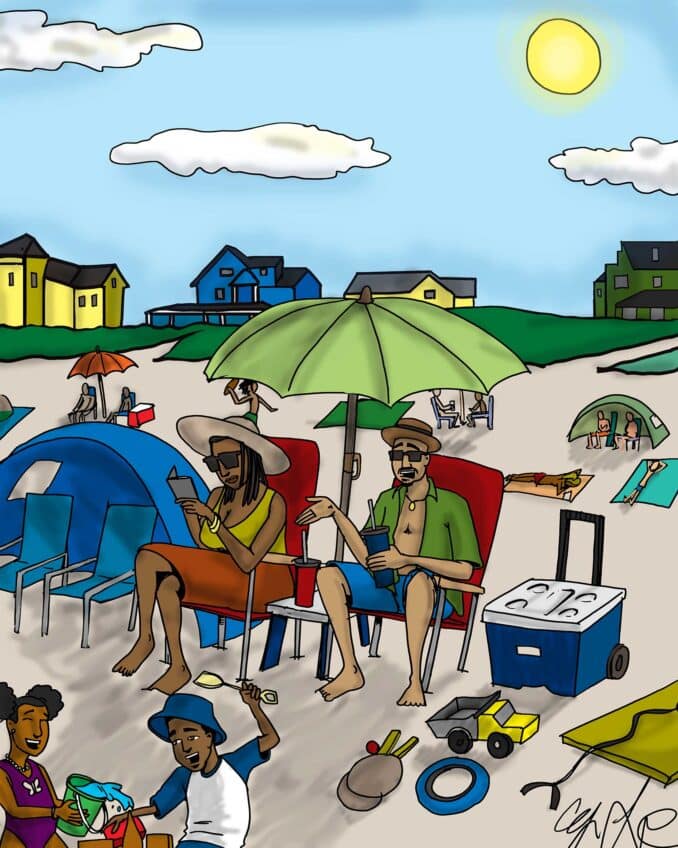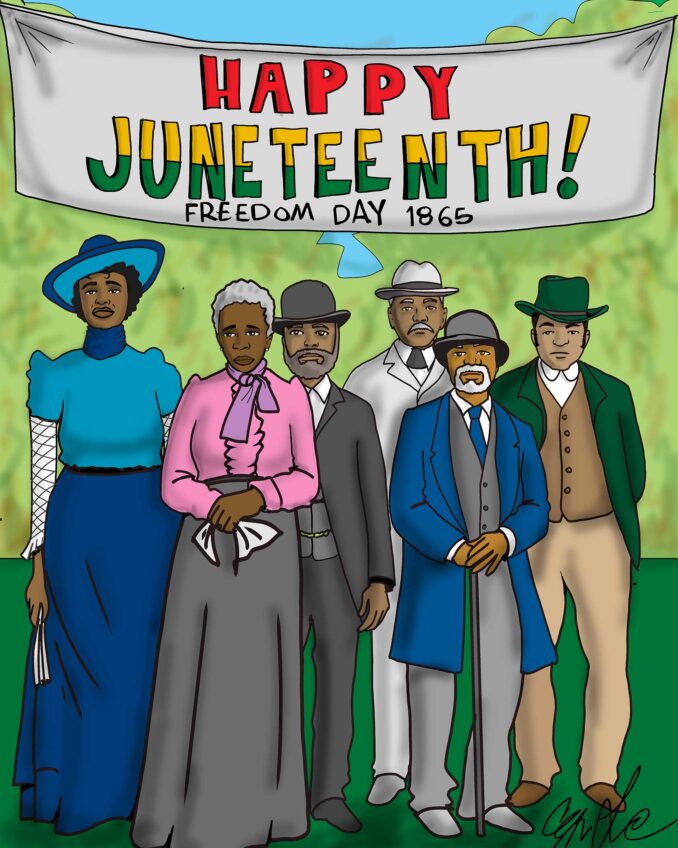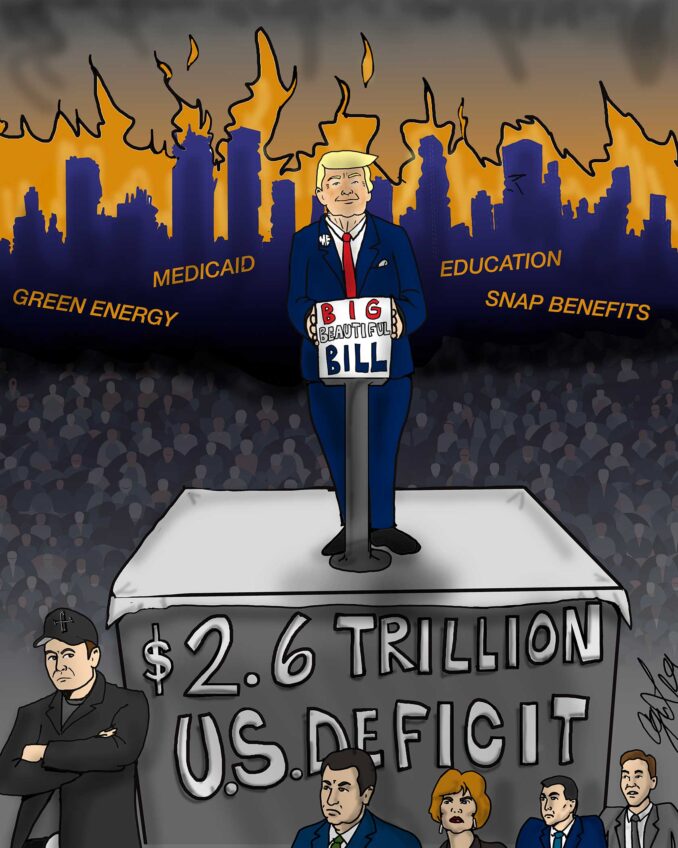Most Americans are customers of a bank. However, a survey of about 54,000 U.S. households by the Federal Deposit Insurance Corp. (FDIC) in December 2009 found that 7.7 percent of U.S. households had no bank checking or savings accounts.
As might be expected, the percentage is even higher for black households. According to the FDIC, 21.4 percent have no bank. The black “unbanked” population is estimated to be seven times higher than for white households.
The most common reason cited on the study for not having a bank was “a lack of funds.” There are undoubtedly also a number of other reasons for ignoring the advertising entreaties to open accounts at local banks. A significant factor has to be the changes in banking regulations.
The Banking Act of 1933 prohibited banks from paying any interest on checking accounts. Consequently, it was customary for banks to offer depositors free checking. That was the primary inducement of banks to attract depositors. With no interest expenses for their checking accounts, banks could afford to provide, in addition to free checking, low interest on small loans.
Bank customers with large deposits were still able to earn interest on their funds by not transferring the money into checking accounts until the money was needed to pay bills. Liberals in Massachusetts objected to the restriction on interest on checking accounts because the affluent could circumvent the ban while those with small balances could not.
Some bankers united with liberals to establish Negotiable Order of Withdrawal accounts (NOW accounts), deposits that paid interest even though checks could be written. This ultimately led to the end of the regulation banning the payment of interest on checking accounts.
It should have been apparent that the banks’ costs would rise to finance interest payments for depositors, and free banking services would have to be reduced or eliminated. For that reason, the Banner opposed the implementation of NOW accounts in 1974 because they were financially detrimental to small depositors.
Besides being denied an inexpensive depository for their money, the biggest loss was the ability of depositors to get small loans from their bank. This demand is now being met by payday lenders at great expense to consumers. According to studies by the Pew Charitable Trusts, Americans spend about $7.4 billion per year on payday loans. The terms are so excessive that 15 states have banned them explicitly, and they are illegal in other states because their high rates of interest violate the states’ usury laws.
Nonetheless, the marvel of modern technology has enabled payday lenders to circumvent those prohibitions by establishing offices in a friendly jurisdiction and making loans on the internet. The system works as long as the lenders have access to a bank account the borrowers are required to establish in their home states.
According to the Pew research, “consumers who disproportionately use these products [payday loans] are those who lack a four-year college degree, are home renters, African-American, earn less than $40,000 per year, or are separated or divorced.”
The drive for NOW accounts began in Massachusetts and was ardently supported by liberals who thought they were helping those with limited incomes. Ironically, the unintended consequence of their efforts may have given rise to a rapacious institution — payday loans.






